disease
Latest

Researchers power tiny medical implant from over 100 feet away
Researchers at MIT are working on tiny implantable devices that can communicate and be powered wirelessly. In the future, they could be used to deliver drugs, treat disease or monitor conditions from inside a human body. Because the devices don't require a battery, they can be pretty small and the prototype the research team has been working with is about the size of a grain of rice. But the researchers think they can get the devices to be even smaller than that.

UK promises funding for AI-based early cancer detection
The UK is about to make a big bet on AI's ability to spot cancer. The Guardian has learned that Prime Minister Theresa May will commit "millions of pounds" in funding for research toward AI that can diagnose cancer and chronic diseases at an early stage. The technology could reduce "avoidable deaths," according to May's prepared speech, and is estimated to save as many as 22,000 lives per year by 2033. It would extend healthy living by another five years as of 2035. There is, however, an important catch.
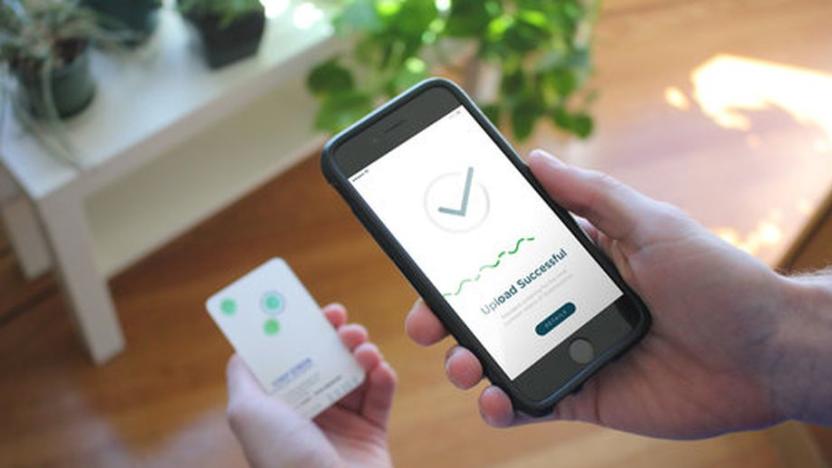
CRISPR pioneer wants to make an at-home test that detects disease
Biotech company Mammoth Biosciences is working on a simple, portable test that would give everyone, from healthcare professionals to just people at home, the ability to detect various diseases, infections and cancers quickly and easily. The test would use CRISPR to determine which bacteria, viruses or genetic mutations were present in a person's blood, saliva or urine and a companion app would inform users about what was detected. "Imagine a world where you could test for the flu right from your living room and determine the exact strain you've been infected with, or rapidly screen for the early warning signs of cancer," Mammoth CEO Trevor Martin said in a statement. "That's what we're aiming to do at Mammoth -- bring affordable testing to everyone."

Study says e-cigarettes increase risk of cancer and heart disease
Regulators may have had a change of heart about the danger of using e-cigarettes, but scientists would beg to differ. A newly published New York University School of Medicine study indicates that vaping may put you at a "higher risk" of cancer and heart disease. Mice subjected to the equivalent of "light" e-cigarette smoking for 10 years (12 weeks in reality) suffered DNA damage to their bladders, hearts and lungs, in addition to limiting both DNA repair and lung proteins. In short: nicotine can become a carcinogen in your body regardless of how it's transmitted.
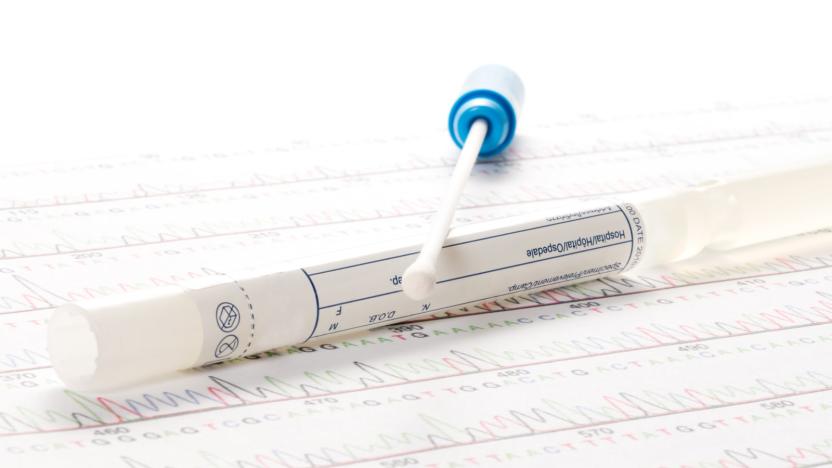
The FDA just changed how it reviews genetic health risk tests
FDA Commissioner Scott Gottlieb announced new rules today regarding direct-to-consumer genetic health risk (GHR) tests and the process by which they're approved for sale. In a statement, Gottlieb explained that these sorts of tests can provide more and more information as the technology develops, information that is not only in demand but could also serve as a useful medical tool. "These tests can prompt consumers to be more engaged in pursuing the benefits of healthy lifestyle choices and more aware of their health risks," said Gottlieb. "Consumers are increasingly embracing genetic health risk testing to better understand their individual risk for developing diseases."

3D gel stacks can grow enough stem cells to treat brain disease
Programmed stem cells promise to tackle all kinds of illnesses, but there's one catch: making them. It's hard to cultivate large numbers of them, and the need to grow them on 2D surfaces isn't very practical. That's where researchers might come to the rescue: they've developed a method of growing neural stem cells in large volumes, but without chewing up too much valuable real estate. The trick is to use polymer-based gels that allow these juvenile cells to grow in 3D stacks.

Navajo Nation may undo genetic research ban in hopes of better care
The Navajo Nation banned genetic studies in 2002 due to concerns over how its members' genetic material would be used, but, as Nature News reports, the Navajo are considering a reversal of that policy. An oncology center is set to open next year on Navajo lands and the tribe's research-ethics board is looking into allowing some genetic research to take place at the facility.

Satellites help predict malaria outbreaks months in advance
Malaria is one of the greatest health threats in tropical regions like the Amazon, but predicting its spread is difficult. While it's no secret that mosquitoes prefer warm air and standing pools of water, how do you translate that awareness to a large scale? By getting a little help from orbit, apparently. Researchers are using data from NASA satellites (such as the Landsat series) to predict malaria outbreaks by identifying areas where the soil moisture creates prime breeding grounds for the mosquitoes that transmit malaria. They know that floods and deforestation tend to create mosquito-friendly pools of water -- compare that with fine-grained models of human behavior (say, loggers or miners who work in wet conditions) and you have a unified system that can anticipate outbreaks about 3 months in advance, right down to individual households.

Scientists revive an extinct virus using off-the-shelf DNA
It's no longer far-fetched to synthesize a basic organism. However, a team of researchers has taken that work one step further. They recently reconstituted and reanimated an extinct virus, horsepox, using DNA they'd ordered via mail. The team stitched together multiple gene fragments (each with about 30,000 base pairs) into the complete 212,000-pair horsepox genome and inserted it into cells already infected with a different pox, bringing the inanimate virus to life. It's clever work, especially given the relative complexity of a pox virus compared to earlier efforts, but it's also a double-edged sword -- it could at once provide a breakthrough in medical research and pose a potential threat.

Implant-free stimulation could treat brain conditions
Scientists know that stimulating the deeper regions of your brain can treat Parkinson's and other conditions. But there's a problem: they usually need to open your skull to place implants, which is both time-consuming and risky. Researchers may have a better way, though: they've invented a deep brain stimulation technique that only requires electrodes on your scalp. The trick is to create two high-frequency electrical currents that don't do anything by themselves, but interact with each other deep inside your brain. If you want to target different parts of the brain, you just change the frequencies and placement of the electrodes.

Alphabet starts collecting health info to better predict disease
It didn't take long for Alphabet's Verily to get its watch-based health study off the ground. The life sciences company has launched its 4-year research initiative, Baseline, to potentially spot early signs of diseases before obvious symptoms appear. Verily's health-tracking Study Watch plays a central role, of course, as it will track everything from heart rate to ECGs to the skin's electrical conductivity. However, that's just one piece of the puzzle -- the team will look at numerous other factors to see where disease begins.

Komodo Dragons may hold the key to fighting infections
Komodo Dragon blood could save your life. Curious scientists -- are there any other kind? -- recently identified a peptide in the Dragon plasma that might serve as an antibiotic. Now, a bite from a Komodo Dragon is lethal not from venom, but from bacteria in the reptile's saliva, and the Dragons don't kill each other when they get into tussles the way they do hunting prey, which suggests an immunity. So the researchers, inspired by previous work done with alligators and crocodiles, made a synthetic version of a peptide (a chain of amino acids) found in Dragon's plasma, VK25.
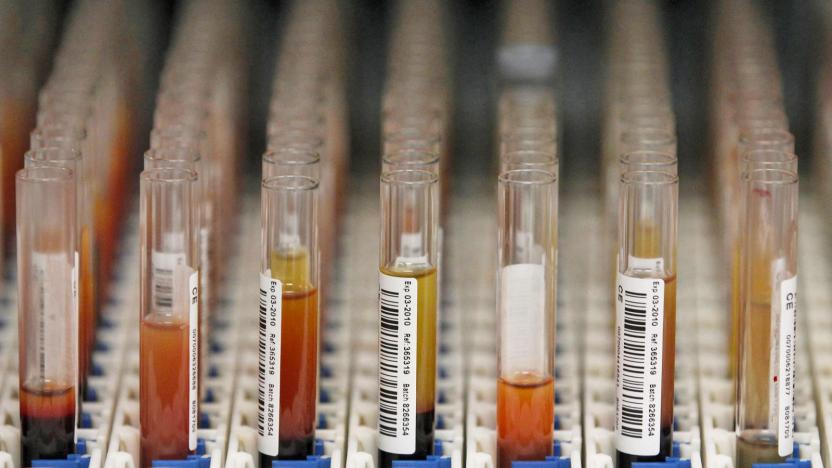
FDA clears 23andMe to warn you about potential health risks
Good news for everyone who wants to do at-home DNA tests: 23andMe has been cleared by the Food and Drug Administration to tell customers if they're at risk for 10 potentially debilitating diseases. "These are the first direct-to-consumer tests authorized by the FDA that provide information on an individual's genetic predisposition to certain medical diseases or conditions, which may help to make decisions about lifestyle choices or to inform discussions with a health care professional," the watchdog agency said in a statement. Previously, the FDA had stopped the company from offering this information back in 2013. The FDA softened its stance a bit in 2015.
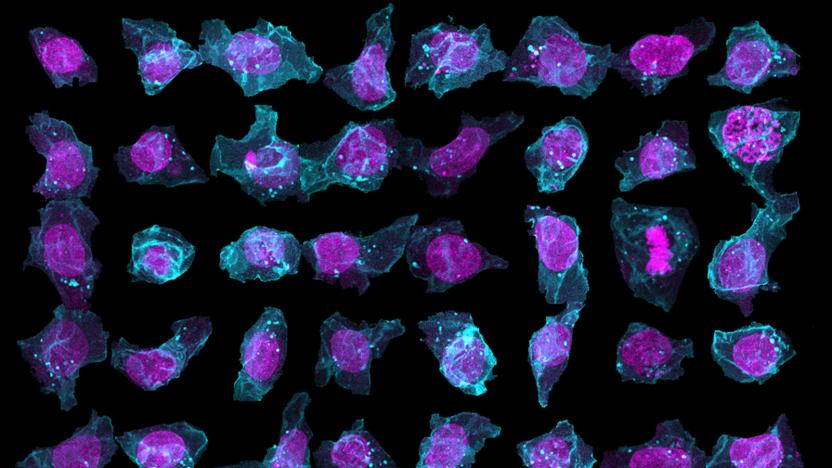
AI predicts the layout of human stem cells
The structures of stem cells can vary wildly, even if they're genetically identical -- and that could be critical to predicting the onset of diseases like cancer. But how do you know what a stem cell will look like until it's already formed? That's where the Allen Institute wants to help: it's launching an online database, the Allen Cell Explorer, where deep learning AI predicts the layout of human stem cells. You only need a pair of identifying structures, like the position of the nucleus, to fill out the rest of the cell's innards.
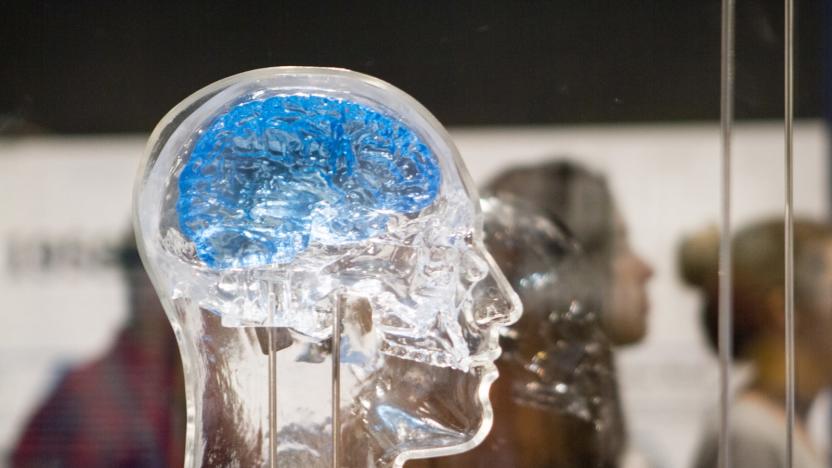
Brain mapping could lead to better Parkinson's treatments
When you repair electronics, you frequently test individual parts to see how they affect the whole. Why not try that with the brain? Stanford is doing just that. It developed a technique that fires specific kinds of neurons to map the brain and identify problems caused by Parkinson's and other diseases. The approach first uses optogenetics to make neurons activate in response to light, and follows up with a functional MRI scan to look for the increased blood flow that indicates activity in other brain regions. A computational analysis maps that particular neural circuit and helps determine its role.

ICYMI: A medical breakthrough inspired by a kids toy
try{document.getElementById("aol-cms-player-1").style.display="none";}catch(e){}Today on In Case You Missed It: Stanford bioengineers created a centrifuge to separate blood and detect disease, all based on whirligigs from childhood. They estimate the blood cell device would cost only 20 cents a piece to make, and since it's human-powered, could be used all over off-the-grid locations to help diagnose diseases like tuberculosis. The National Science Foundation helped fund research into walking efficiency and the artist who imagined a sad robot dystopia is here. As always, please share any interesting tech or science videos you find by using the #ICYMI hashtag on Twitter for @mskerryd.

Simple breath test can detect cancer and 16 other diseases
Ancient Greek physicians figured that our breath was a strong health indicator, but researchers from the Israel Institute of Technology have proven just how true that is. They developed a device that uses nanoparticles to identify 17 different diseases, including lung cancer and Parkinson's disease, from just a single breath. While the machine isn't accurate enough yet for real-life clinical diagnoses, it shows high promise as a quick, non-invasive test that could catch diseases in their early stages

Smoking triggers hundreds of DNA mutations every year
You know that smoking is bad for your health. However, scientists have just shed additional light on how those toxic chemicals can wreck your body. A newly published study has determined that a pack-a-day smoker typically produces 333 DNA mutations per year, and only about half of them (150) are in the lungs. There are also mutations in the larynx (97), pharynx (39), mouth (23), bladder (18) and liver (6). Many of those mutations are harmless, but you're effectively rolling the dice with every year that you puff -- you're triggering a "cascade" of gene damage that could lead to cancer.
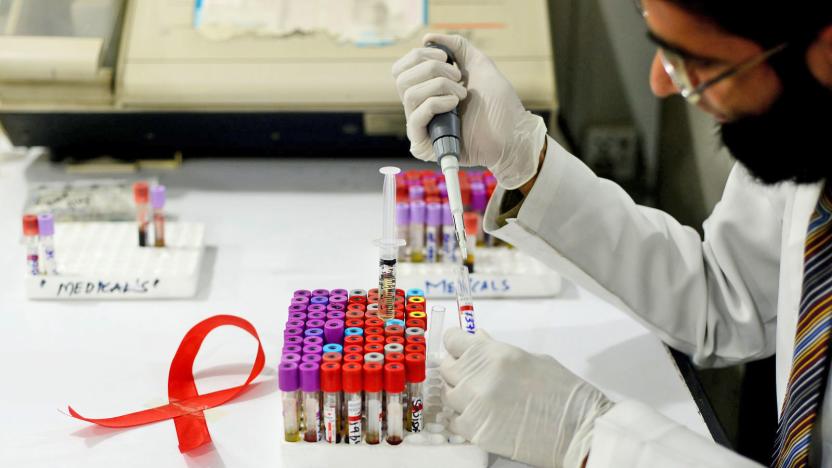
HIV researchers edge closer to a cure
Most recent news on the fight against HIV has focused on preventative medicine and suppression, but British scientists might be inching toward an honest-to-goodness cure. A 44-year-old social worker in London appears to be completely free of the virus after undergoing an experimental "kick and kill" treatment as part of a trial. The patient first took a vaccine to help his immune system detect infected cells, and then took Vorinostat to activate dormant infected cells that normally don't get caught. After that, it was just a matter of letting the healthy parts of the immune system kill off all the HIV, theoretically eliminating any chance of the virus coming back.

Measles has been eliminated in the Americas, according to WHO
It's been 53 years since the first measles vaccine was released in 1963, though most people alive today have gotten it bundled into the combined MMR prevention shot that first appeared in 1971. After a half-century of immunization, the World Health Organization (WHO) and Pan-American Health Organization (PAHO) has declared the entirety of the Americas — from the Aleutian Islands to Chile — to have eliminated measles.





